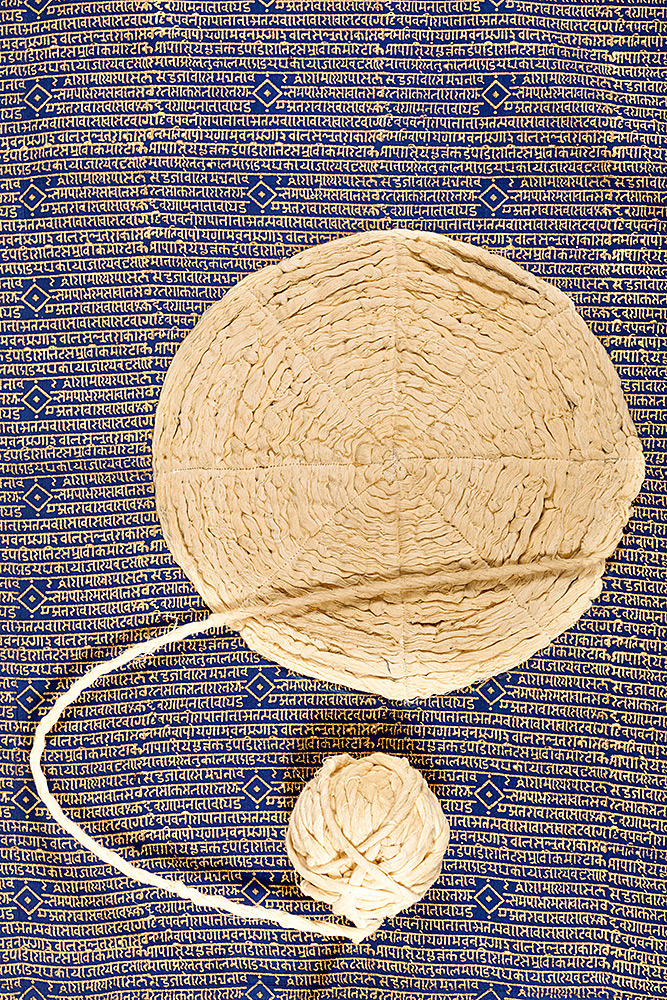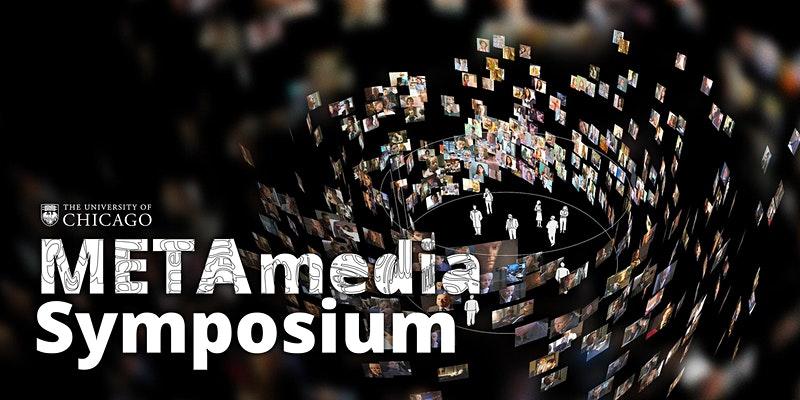On October 29th, 2021 I participated in the MetaMedia Symposium that is hosted by Weston Game Lab, University of Chicago. This symposium attempts to revisit the question of self-reference and self-criticism in media.
W.J.T. Mitchell or Tom Mitchell, distinguished Professor of English, Art History, and Cinema Studies, University of Chicago, opened the symposium by saying that a day before this event, the Facebook founder changed the corporate name of the social media platform to “Meta”.
If Meta, the new name of Facebook, emphasizes their Metaverse vision that creates three-dimensional virtual reality to users, MetaMedia Symposium deals with “Meta” which is always related to critical reflections and inquiry. Some questions raised in this symposium are: what is media? What is to be done with media in the twenty-first century? How does media evolve? What is transmedia ecology? What is their relation to technology, social conditions, and political movements? What can we learn from media about media?
Three experts presented their research in this symposium. They are Hillary Chute (Northeastern University), Patrick Jagoda (University of Chicago), and W.J.T. Mitchell (University of Chicago). Bill Brown and Ashlyn Sparrow were also involved in this symposium to give responses to the key speakers.
Hillary Chute who is well-known for her research on comics and graphic narrative, delivered her paper entitled “Metacomics”. She departed from the concept of Metapicture, which is pictures that can refer to the process of pictorial representation itself and the maker’s world. Metapicture was coined by W.J.T. Mitchell around 27 years ago and written in his book Picture Theory (1994). She argues that all comics are metacomics. As metacomics, comics are embodiments of the author’s world. Comics can represent the authenticity and erratic effect of the author.
Quoted from Mitchell that “we are thinking in media”. People and media are in a reciprocal relationship, which is people create media, and media creates us. Chute tries to think in the perspective of comics. Comics that consist of panels provides many things inside their boxes. Both the interiority and exteriority of the human being can be read in comics. Comics is also an example of transmediatic media in which film, photography, drawing, theater, and literature melt in a medium. In conclusion, Chute emphasized that comics are still possible and necessary.
Patrick Jagoda, a digital media theorist and game designer, presents about Metagames. Games are one of the most popular media, besides music and film. The Covid-19 Pandemic also fuels a global surge in videogame revenue, either mobile, PC or Console games. Jagoda described several approaches to metagames, among them are game theory that helps people to know themselves, games about games, complicity games, materially self-reflexive games, and alternate reality games.
Jagoda also shows why metagames matter in 2021. For him, games can be applied to solve real-world problems, like games as a quick and efficient platform for developing and testing AI algorithms.
W.J.T. Mitchell, a theorist of media, visual art, and literature, talks his ideas on Thread, Yarn, Fabric: MetaMedia and the Iconology of Time. According to Mitchell, three forms can be iconology of our time, i.e. line, circle, and dot. Line symbolizes linear time, circle as cyclical time, and dot as a critical moment.

Shelly Jyoti, The Threads of Swaraj. https://www.shellyjyoti.com/
Mitchell exemplifies Shelly Jyoti’s artwork entitled The Threads of Swaraj as the Metamedia. This work is made from handspun threads, in a circular shape with the small circle crossing the large circle. The threads reminds us of the cyclical time like the cycles apparent in the natural world. This work also related to Mahatma Gandhi’s call for everyone to engage in the struggle of India from British rule, by spinning each day. Spinning and weaving are important elements in the ideology of self-reliance and self-government in the Indian nationalist movement. Spinning also could be a spiritual cleansing activity, and at the same time, provide needed sustenance to the poor in India.
This symposium is pivotal to reflecting on the importance of media in the twenty-first century. It also gives a wider and alternative perspective in the age of media development.

